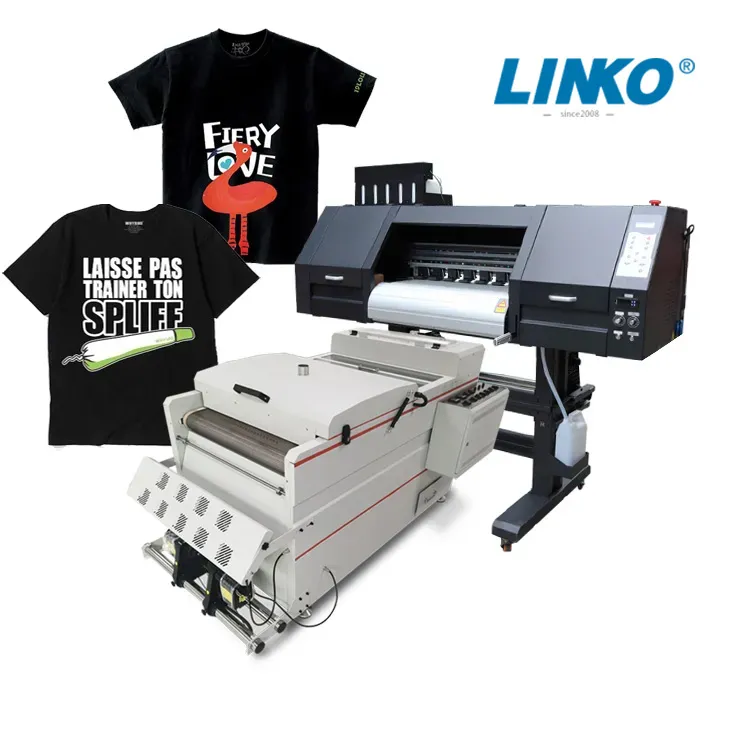DTF Printing Revolution: Unleashing Imagination in Textile Design and Production
DTF Printing Revolution: Unleashing Imagination in Textile Design and Production
Blog Article
Ultimate Overview to DTF Printing Methods for Sensational Textile Styles
Getting started on the journey of grasping DTF printing methods can open a world of possibilities for producing visually captivating fabric layouts. As the fabric sector remains to advance, remaining in advance of the curve with cutting-edge printing approaches is vital. In this guide, we will explore the elaborate details of DTF printing, from understanding the essential essentials to unraveling progressed shade methods that can raise your designs to brand-new heights. Remain tuned as we dig right into the nuances of picking the best products, improving the printing procedure, and getting over common obstacles to attain sensational outcomes.
Understanding DTF Printing Basics
DTF printing, a process that includes moving styles from an unique film to textiles making use of warmth and pressure, creates the foundation of textile printing strategies. The first step in DTF printing involves creating or choosing a layout that will be printed onto the textile.
Once the style is published on the movie, it is then carefully positioned onto the fabric, making sure correct positioning and positioning. The following critical step includes using warmth and stress utilizing a warmth press equipment. This process activates the dyes or pigments on the movie, triggering them to sublimate and bond with the material fibers completely. The outcome is a magnificent, resilient fabric layout that is washable, versatile, and immune to fading. Generally, understanding the fundamentals of DTF printing is necessary for understanding this modern fabric printing technique.
Choosing the Right Fabric Materials
Having established the foundational principles of DTF printing strategies for textile styles, the following vital consideration hinges on choosing the suitable textile products to match this ingenious process efficiently. The success of a DTF print mostly depends upon the compatibility between the chosen fabric and the printing strategy. When picking fabric products for DTF printing, it is necessary to take into consideration the textile's structure, weave, and structure. Fabrics that function well with DTF printing include polyester blends, spandex, nylon, and other synthetic products. These textiles generally have a smooth surface area that permits vibrant and detailed prints. Furthermore, the stretchability of these materials can suit the warm transfer procedure included in DTF printing without distorting the layout. It is suggested to prevent all-natural fibers such as cotton or silk, as they might not produce the same degree of print clarity and resilience. By choosing the see this here ideal textile products, designers can optimize the possibility of DTF printing to create resilient and sensational fabric styles.

Grasping the Printing Refine
To succeed in DTF printing strategies for textile styles, mastering the printing procedure is necessary for attaining constant and high-grade results. The temperature level, pressure, and period of warmth application should be meticulously managed to make sure correct attachment of the layout to the textile. By refining each of these actions in the printing process, developers can constantly produce magnificent and durable fabric designs with DTF printing methods.
Enhancing Designs With Shade Strategies

In addition, trying out shade slopes can bring a feeling of motion and fluidness to the layout. By mixing colors effortlessly, a gradient effect can be achieved, including a vibrant and contemporary touch to the textile layout. In addition, making use of shade blocking strategies can create strong and striking visuals by comparing various strong colors in distinctive areas of the layout.
Additionally, integrating metal or neon colors can give a one-of-a-kind and distinctive click resources component to the fabric style, making it attract attention and emanate a sense of vibrancy. When tactically used, these color methods can raise the total visual allure of textile styles, making them a lot more exciting and unforgettable.
Troubleshooting Common DTF Printing Issues
After checking out different color methods to boost textile styles, it is vital to resolve usual DTF printing problems that may arise during the production procedure. One usual issue is poor attachment, which can arise from incorrect healing temperature levels or times. To fix this issue, ensure that the treating setups are accurate which the adhesive utilized is appropriate for the particular material being printed on. One more frequent obstacle is shade variances, where shades might appear differently than anticipated. This can be created by inaccurate shade accounts or settings in the printing software program. To tackle this, ascertain the color setups and profiles to guarantee they match the designated style. In addition, concerns with picture clarity and intensity can occur as a result of low-resolution images or improper printing methods. To address this, always make use of top notch photos and adjust the printing setups for optimal clearness. By recognizing these common troubles and carrying out the necessary troubleshooting steps, you can improve the total high quality of your DTF published fabric designs.
Conclusion
In final thought, mastering DTF printing methods is necessary for producing magnificent textile designs. With method and focus to information, one can create special and beautiful fabric styles using DTF printing strategies.
Styles))))
DTF printing, a procedure that includes moving layouts from a special film to fabrics utilizing heat and stress, develops the structure of fabric printing techniques.Having developed the fundamental concepts of DTF printing methods for textile web link layouts, the next vital consideration lies in choosing the ideal textile materials to match this innovative procedure successfully. By choosing the ideal textile materials, developers can maximize the potential of DTF printing to develop stunning and lasting textile styles.
To stand out in DTF printing strategies for fabric styles, grasping the printing process is necessary for achieving regular and top quality results. DTF Printing. By honing each of these steps in the printing procedure, designers can continually produce sensational and sturdy textile designs with DTF printing methods
Report this page